On a hot summer day, you might notice that plants in your garden droop, and their leaves curl and appear dry. After watering them, they seem to perk up and stand taller. Why is that? Why do plants need water?
Plants need water to survive, grow, & reproduce. Plants require water–along with light and carbon dioxide–to perform photosynthesis: a process that converts those 3 ingredients into sugars & starches. Plants then use those sugars & starches as food.
All plants need water to survive and thrive. But plants use a surprisingly tiny amount of all the water they absorb, and release the rest into the atmosphere as part of the water cycle. Let’s dive in to find out exactly why plants need water.
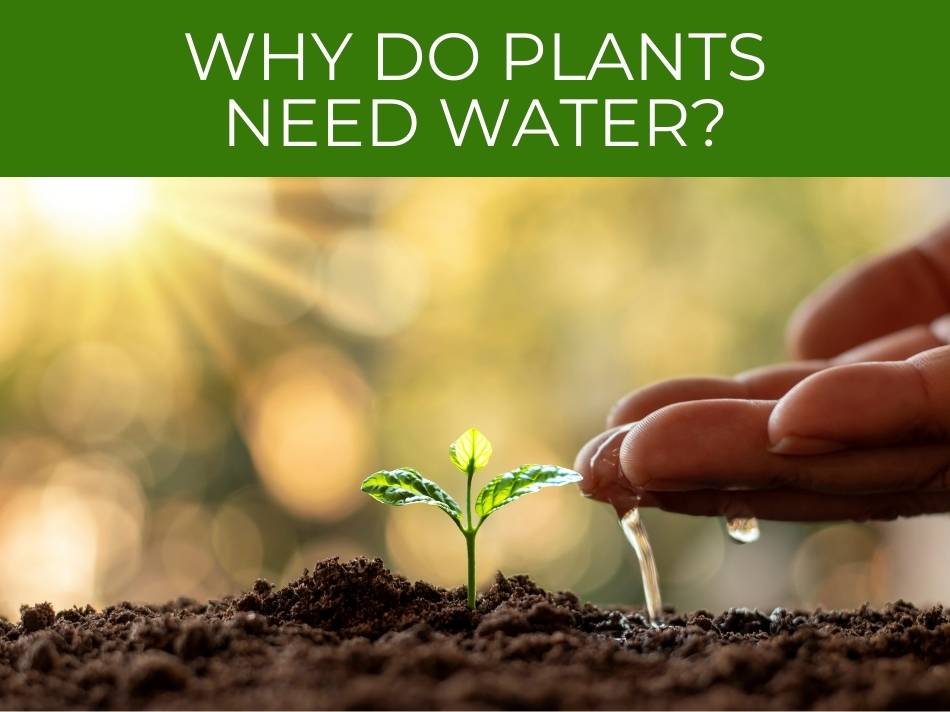
Why do plants need water?
Plants, like animals, need water to live.
You may wonder why do plants need water?
And maybe wonder why you should care.
Understanding why plants need water helped people invent hydroponics, which is growing plants without soil.
Plants need water because water is required for photosynthesis. Plants use photosynthesis to make sugars and starches from light, water, & carbon dioxide; plants then use those sugars and starches to grow and reproduce.
Understanding the process of photosynthesis led to the development of hydroponics, growing plants outside of the soil.
Soil holds water and gives the plant a foundation, but those two things can be given to the plant in other ways.
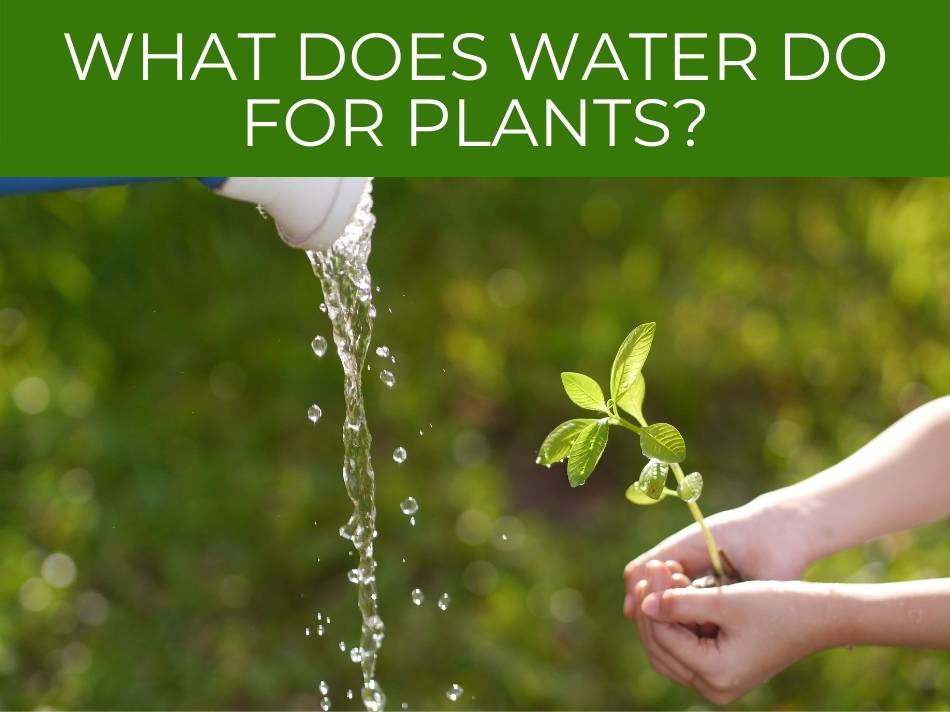
What does water do for plants?
Water is the life source for both plants and animals.
Plants use water differently, making their own food through photosynthesis.
Water brings nutrients from the soil up through the plant.
The plant converts sunlight into hydrogen and oxygen in the water molecules. Photosynthesis could not happen without water.
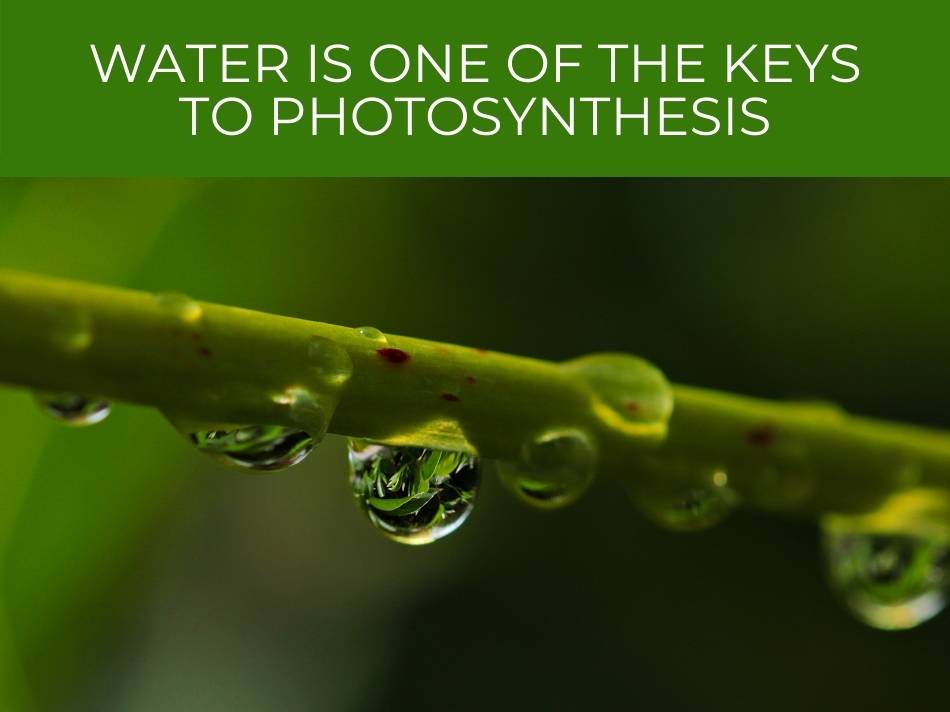
Water is one of the keys to photosynthesis, which is the process that allows plants to grow and produce oxygen. Plants take in carbon dioxide through the leaves and take water from the roots to make chlorophyll. Water provides a key ingredient for photosynthesis, & is the solution in which chemical reactions occur.
Plants use photosynthesis to convert the sun’s energy into food for themselves, and a byproduct is oxygen.
Water and carbon dioxide are the key ingredients that makes this happen.
See our complete guide to growing plants without soil.
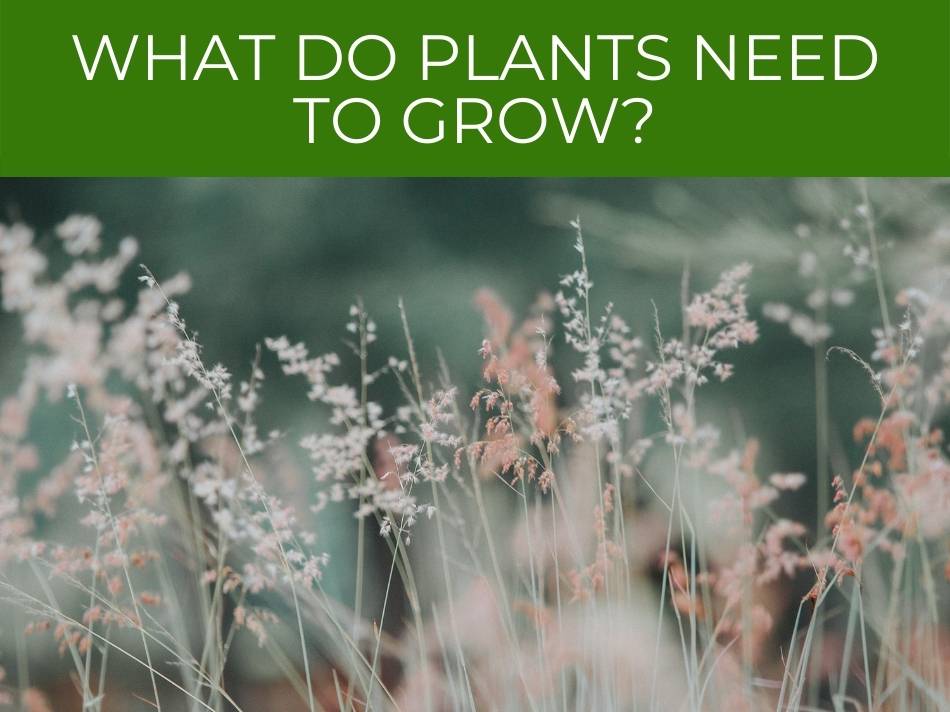
What do plants need to grow?
We may think plants need a lot to grow What do plants need to grow? best in our gardens, but ultimately the needs are simple.
The very basics are light, water, and air.
Things like soil are vehicles for water.
The plant does not know or care where its water and nutrients come from.
In addition to light, water, & carbon dioxide, plants require a few other things. Plants also require micronutrients (e.g., nitrogen, phosphorus, potassium), & need room to grow. Plants also need the right temperature– 60-75 degrees is best for most indoor & garden plants.
While plants need light, water, and air, it does not matter how the plants get those things.
Plants get nutrients and water from the soil, but they can be provided artificially.
The same is true for light that is needed.
Understanding these principles led to the creation of hydroponics, which is growing plants without soil.
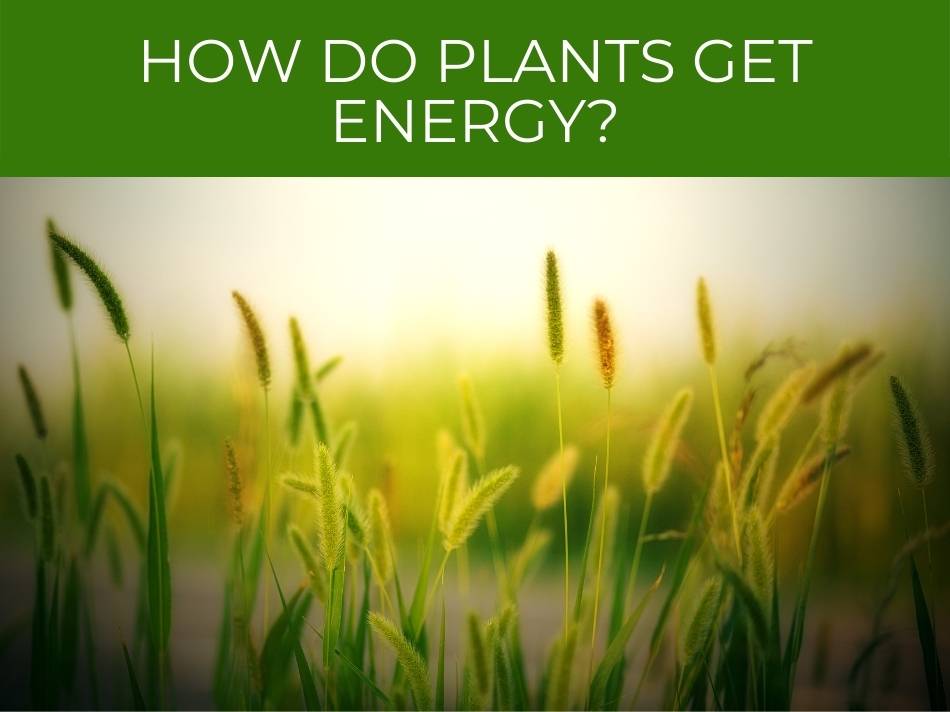
How do plants get energy?
Plants get energy from the process of photosynthesis.
They’re able to make their own food by converting the sun’s energy into oxygen and sugars that it needs to survive.
Plants absorb some of the carbon dioxide in the air and produce oxygen which we need to survive.
Plants get energy through photosynthesis, which is a process that converts light, water, & carbon dioxide into food. Photosynthesis requires chlorophyll, a green pigment which uses energy from light to convert water & carbon dioxide into sugar.
Plants could survive without us, but we could not survive in the long term without plants.
Photosynthesis allows plants remove a small portion of the carbon dioxide we create.
Plants convert that to oxygen as a by-product of creating their own food and energy.
See what the outputs of photosynthesis are.

What do plants eat?
We call some of the things we add to the soil “plant food,” but that is not really what it is.
Plants do not eat as we eat. Instead of consuming, plants take water and nutrients, and when they are exposed to sunlight, a chemical reaction makes sugars, which are food for the plant.
Plants produce their own food (sugars & starches) through photosynthesis, which is a process that uses carbon dioxide, light, & water. Photosynthesis combines those 3 ingredient to produce food for the plant, & oxygen is a byproduct.
The process of photosynthesis is almost the opposite of how animals interact with the world.
We take in food and then digest it to get our nutrients.
Plants take in light, water, and air and convert that to food, which feeds the plant.
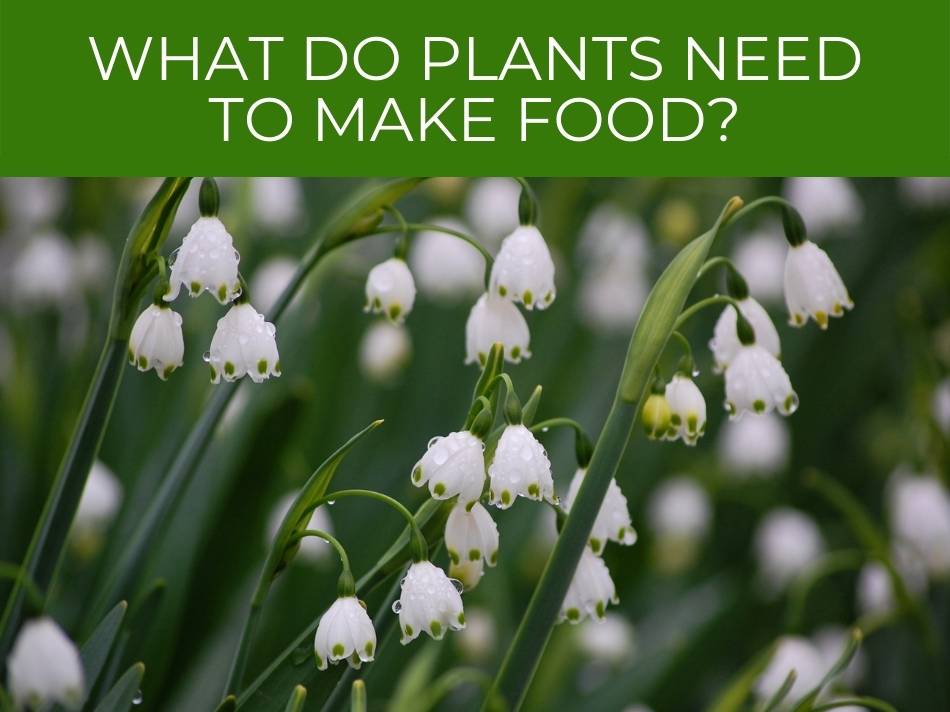
What do plants need to make food?
In its most simple terms, plants need light, air, and water to make the food they use to sustain themselves and to grow.
There are other things plants need, like certain temperatures at certain times, and space to grow.
Still, the very basic essentials are there in the photosynthesis process.
Plants make their food by the process we call photosynthesis, which requires light, water, & carbon dioxide. A plant needs carbon dioxide, light, & water to create the food (sugars & starches) it needs. It doesn’t matter how the plant gets its water or light; it can use any source to create its own food.
Beyond the three basics, plants need good conditions to do their best.
Light, air, and water are essential, but there are other things that will help the plant grow.
Plants also need a period of darkness every day as part of photosynthesis.
Plants need space to grow.
Plants also have temperatures they need at certain times, and that varies by plant.
Find out if plants can grow without soil.
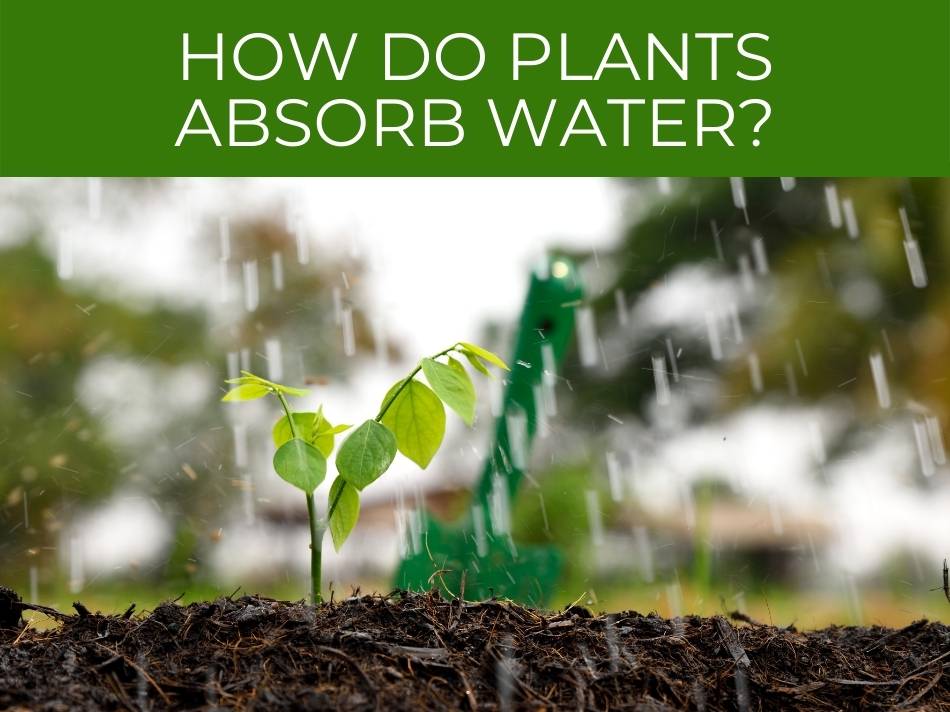
How do plants absorb water?
Plants absorb most of the water they use through the roots.
To a lesser degree, some water is absorbed through the leaves and stems.
When watering your plants, it is fine to spray some on the leaves, but it is more important to make sure the roots get a good soaking.
Plants absorb water primarily through their roots. Although most plants grow in soil, plants can also be grown without soil. Plants only require a small amount of water for growth; about 97-99.5% of water absorbed by plants is released through its leaves & stems–a process called transpiration.
Tiny openings in the leaves, called stomata, regulate gas exchange with the air.
The stomata release water vapor into the air steadily throughout the day.
Water is absorbed through the roots and leaves of plants.
The water brings nutrients through the plant and is a key part of photosynthesis.
The entire plant is absorbing water all the time, but most come through the roots.
Roots have tiny hairs called root hairs, which is where the roots get the water.
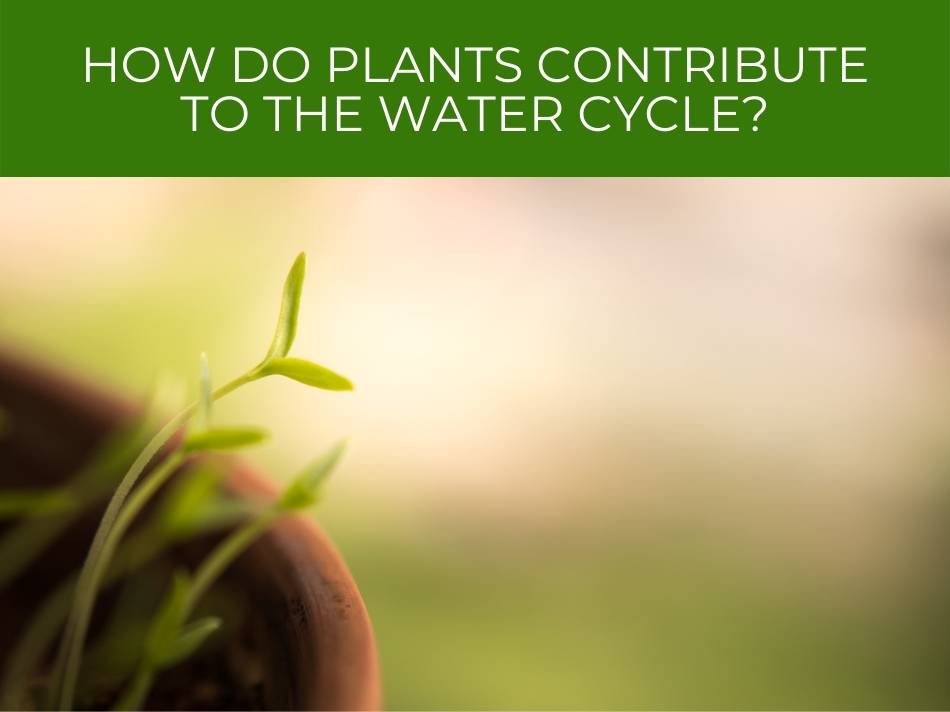
How do plants contribute to the water cycle?
Plants contribute to the water cycle through a process called transpiration.
Plants release water vapor into the atmosphere, which is part of the water cycle.
All of life is connected and plants are an essential part of the water cycle and the cycle of life on Earth itself.
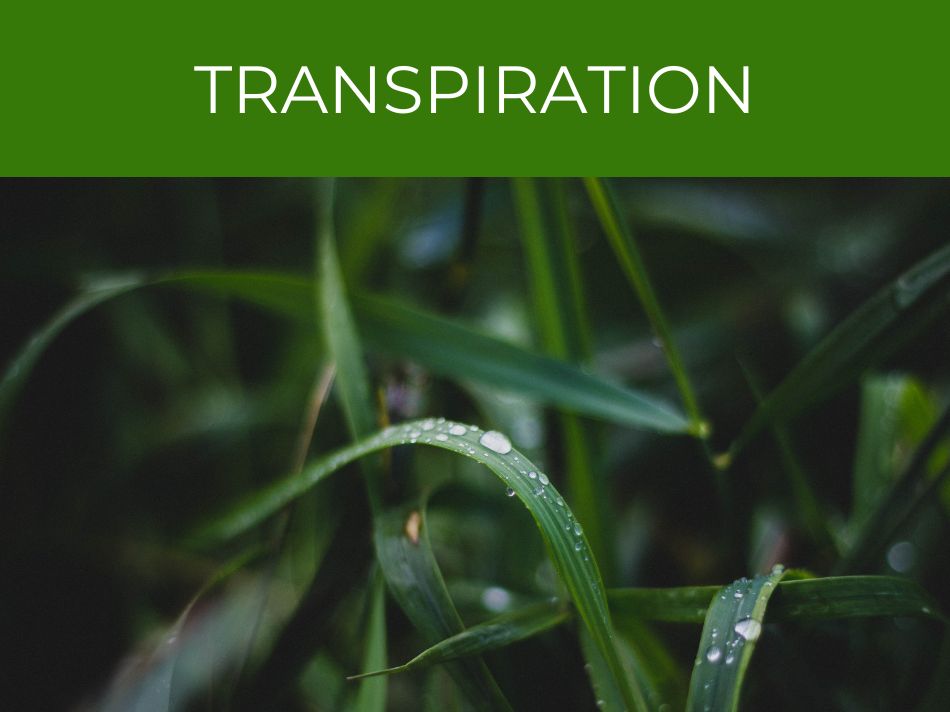
Transpiration is the process in which plants absorb water through the roots & emit vapor through the leaves. Plants use water for photosynthesis but most of the water (97-99.5%) is released as vapor into the air. The water released by plants contributes to the water cycle.
In the water cycle, water is evaporated, or converted to vapor, by the sun.
The vapor rises, taking heat with it, and when the air gets cooler the vapor becomes water again–which is what rain is.
To a lesser degree, plants do the same in the transpiration process.


